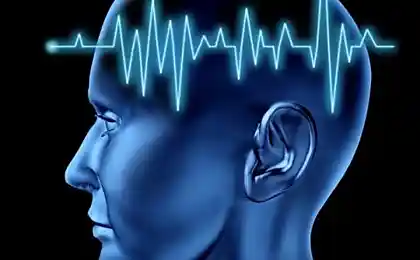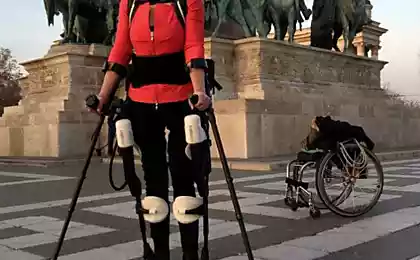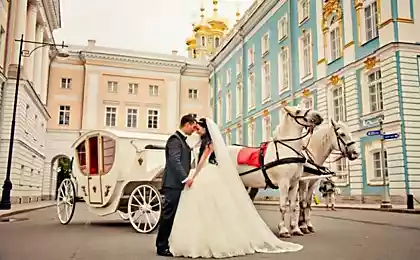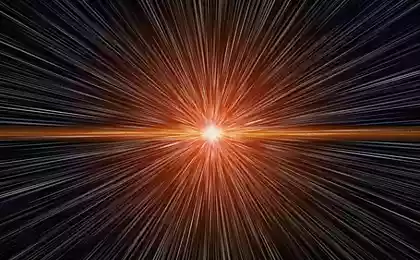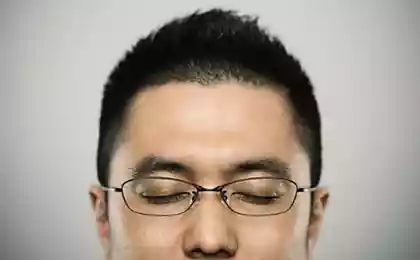884
Swiss scientists are willing to treat paralysis
Using electrical stimulation of the damaged areas of the spinal cord, scientists were able to accurately monitor real-time movement of limbs paralyzed rats. On approach - human trials ...
We've all heard about the exoskeleton, which with the help of application of forces outside allow paralyzed people to move his arms or legs. But in the study described below, offers a solution that does not require cumbersome and difficult wearable mechanisms and relies only on internal stimulation.
The project NEUWalk scientists from the Federal Polytechnic School of Lausanne (college town - approx.) Forced the rat hind legs completely paralyzed by a spinal cord injury, to perform the movements necessary to move the rodent.
The project - the idea that the human body is necessary for normal functioning of the electricity. Roughly speaking, the brain moving body, sending electrical signals down to the spinal cord and nerve system. When the spinal cord is damaged, signals can not reach the corresponding region of brain tissue, which leads to the immobilized specific body part. The higher the damage - the more paralysis.
But the electrical signal sent through the electrodes directly to the site of the spinal cord below the injury can replace brain signals - this is the discovery of a group of scientists from Lausanne led by neuroscientist Gregoire Kurt (Grégoire Courtine).
Scientists previously damaged spinal cord in several rat middle part, resulting in complete paralysis of hind limbs rodents. They then implanted into the brain tissue, flexible electrodes, connecting tissue site to bypass the damage, which ultimately allowed the scientists to transmit electrical signals to the paralyzed parts of the body of the animal.
Some implanted electrodes naturally was not enough to make the rats began walking motion. The way the brain sends electrical signals, does not seem to flow illegible. On the contrary - the frequency of the electrical stimulation, for example, affects the lifting height of the limb.
Carefully consider all aspects of how electrical stimulation affects the movement of the limbs of a laboratory animal, a team of scientists has identified ways of spinal cord stimulation for smooth, level "gait" and even overcome obstacles.
"We have learned to fully control the rat hind legs - says Courtin. - Rat could not arbitrarily control his limbs, but we managed to restore the activity of the spinal cord and stimulate it to perform natural walking movements. We can monitor in real time how the rat moves and how high it raises foot ».
Human clinical trials may begin no earlier than June of next year. Kurt Group plans to start working with patients having a partial spinal cord injury at the University Hospital of Lausanne. For jobs created will be used in the process of research complex equipment Gait Platform, which consists of a specially designed treadmill and maintain systems, and 14 infrared cameras, readers move reflective markers on the patient's body, and two conventional cameras to record movement.
"Simple scientific discoveries that shed light on how the nervous system can be used to create more efficient technologies Neuro - says co-author and Neuroengineering Silvestro Meacher (Silvestro Micera). - We believe that this technology could one day dramatically improve the lives of people who suffer from neurological disorders ».
Original article about the project NEUWalk - здесь.
Source: habrahabr.ru/company/gttf/blog/238695/
As haptic interfaces change our gadgets
TinyScreen + TinyDuino - an easy way to create a smart watch or smart glasses with their hands





